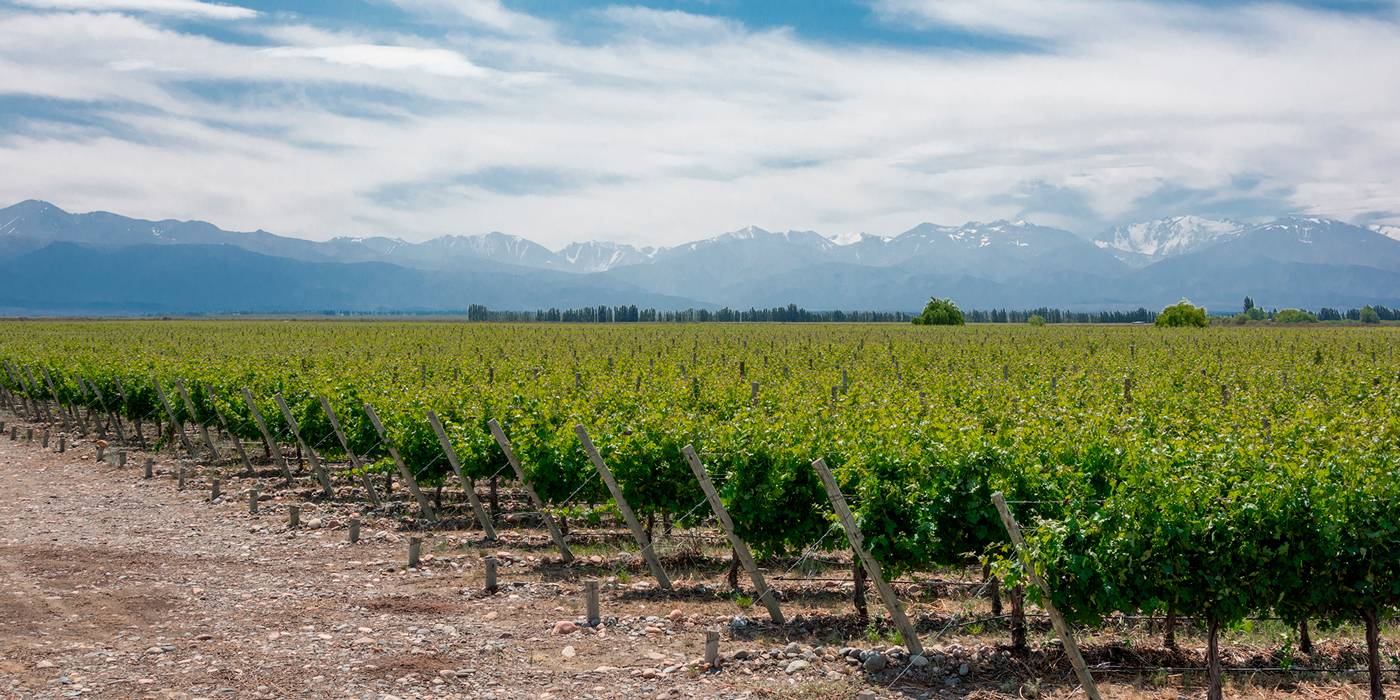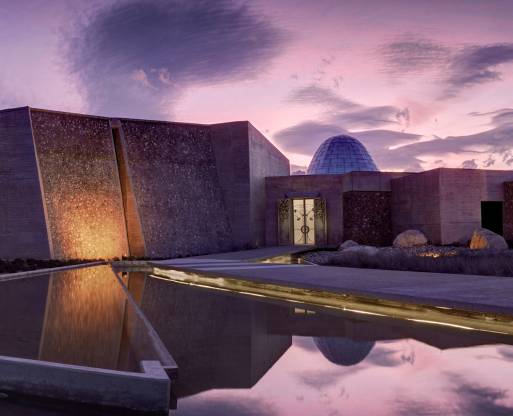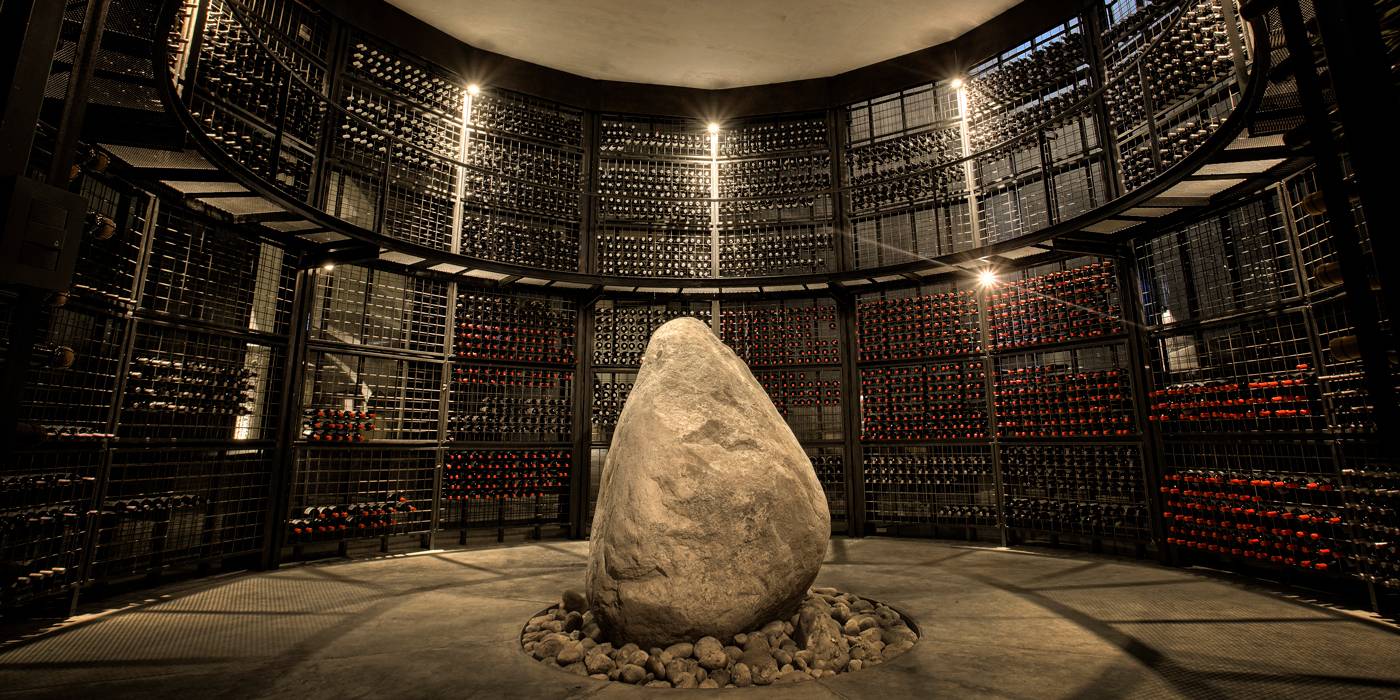The best Argentine wines
Get to know the best Argentine wines in our complete list. We talk to you about their characteristics and what they can give you, don't miss it.

IS ARGENTINA ONLY MALBEC?
The Andes Mountain range is the backbone of Argentina’ wine making region. Spanning almost 2400 km in length, Argentina is a mosaic of very different wine styles. So why do we only associate Argentinian wines with very strong, red, full-bodied wines, barrel aged for long periods and made from Malbec grapes?

We are going to analyse this matter and show the true face of the wine from the Andean country, which I anticipate here, is full of novelties.
In order to understand Argentinian wine, we need to identify the country's main regions and their characteristic features (grapes are currently grown in over 18 provinces), and we will then see that the aim of the wine experts is to bottle the peculiarities of each of their landscapes in their wine, to be true to each terroir that they offer, and through that, to produce different styles of wine:
Salta province is located in the north of the country, with a very extreme climate, one that is hot, almost desertic, and is one of the most arid wine-producing regions. Along with the water shortage, the desert ants are one of the main challenges. Wine is mainly made from Malbec grapes for reds, and Torrontés grapes for whites. They are very strong wines with a high alcohol content, a reflection of the region where they are made. Cafayate is the most prolific wine producing region.

In the centre of the country is Mendoza, the region with the highest number of wineries in Latin America. This area has specialised in wine tourism and is home to some of the most beautiful wineries in the world. The Uco Valley is the most important area where some of the most consolidated projects worldwide have established, and their wines are now available on some of the best wine lists.
Its altitude is one of its virtues, conferring freshness and relief from the high temperatures. Vineyards are planted between 900 and 1200 metres above sea level. This is one of the reasons why zoning vineyards in true Burgundy style sets the scene for quality vine growing. We are able to find labels on bottles by wineries who try to reflect the spirit of each of these zones in their wines.
Apart from Malbec, Bonarda, Cabernet Sauvignon, Merlot and Syrah and the white varieties Chardonnay, Sauvignon Blanc, Riesling and Torrontés are all grown in the centre zone. The white grape varieties are perhaps the ones that are most catching our attention, moving away from Argentina’s image of classical wine styles while leading to some elegant, fresh world class gastronomic wines.
The regions to the south, such as Patagonia, Rio Negro and Pampa are the cradle of the southernmost wines from the American continent, wines from the End of the Earth.
They have only recently emerged, but they are strongly endorsed by a unique philosophy and style, and climate change will likely mean this region will be established as a future wine-making region. The most emblematic varieties are Merlot, Pinot Noir and Sémillon, which do not require much sun and thrive better in cooler climates. The temperature range in these areas allows the grapes to ripen to very high standards of quality. Some sparkling wines are expected to come out of the region in the near future, which I am sure will positively contribute to the range of wines from Argentina.

Not only the different vineyards are bringing about these changes in Argentina’s wine production, but in recent years new generations of wine experts have contributed to a new outlook in the country. From the wineries at the end of the 19th century where Criolla grapes were the basis of traditional wine-making, for everyday wine, the country moved towards the Bordeaux style influenced by the French leading to concentrated wine aged for long periods with Malbec and Cabernet Sauvignon becoming a hallmark.
The latest advances are being made by the small producers, and as we said earlier, they are paying much closer attention to the vines and are attempting to bottle the singular nature of each location, and implementing sustainable, organic practices.
Argentina is much more than just Malbec, it is a region that has opened up to the world, to new consumer tastes and to the new gastronomy that has arrived in the country. We encourage you to try them!
What do you think about?
Share comments, opinions and tricks with the Community







